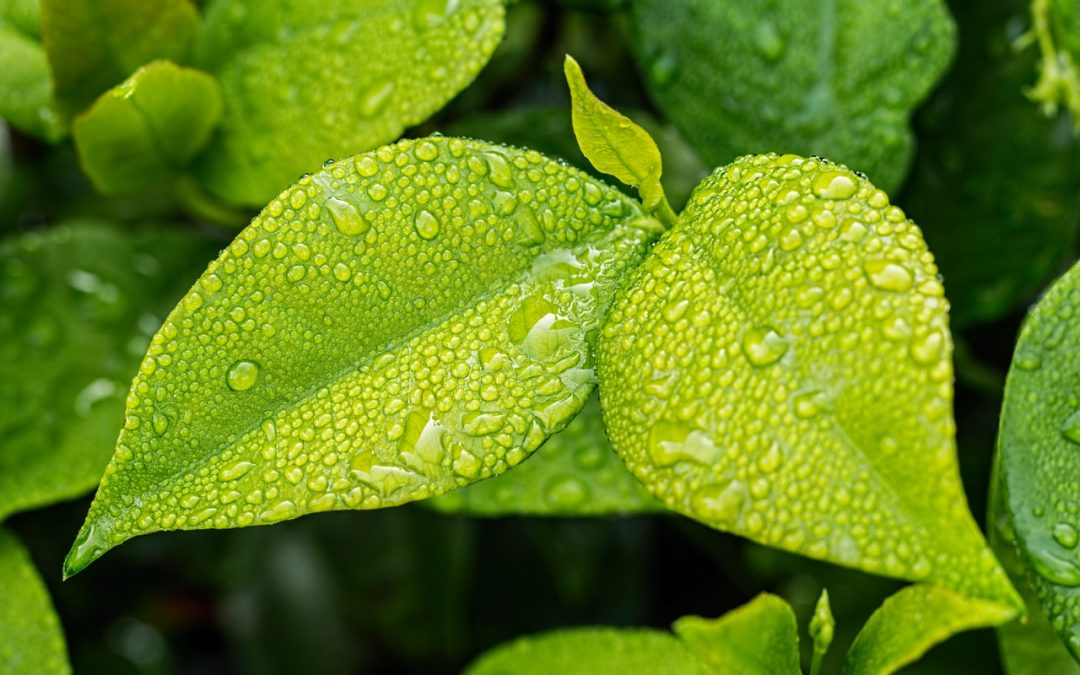Water is an amazing substance! Throw in a few hydrogen molecules and oxygen, and you have something that is literally responsible for all life on Earth. Watering your plants is a no brainer, but how much and how often can be trickier questions. Luckily, we have a few tips to help you decide just how much you should be watering your plants.
First of all, you should know there’s no simple answer. The perfect amount depends on a variety of factors, including the type of plant you have, where it is located, how old it is, and whether it is potted or in the ground. Even soil conditions come into play, as some soil holds more water than others.
In the temperate environment of Central Pennsylvania, it is always best to research the specific plant (especially if it is fruit or vegetable bearing) to verify it gets enough water. However, there are some golden rules for watering your plants that always apply:
- Always water after repotting or planting.
- Plants in large pots dry out more slowly than plants in smaller pots.
- Plants exposed to direct sunlight dry out more quickly than plants in shade/low light.
- During times of humidity, the air keeps the soil moist for longer than dry air.
- Let’s take a closer look at those rules.
For newly planted vegetation, soak the area around the plant after you put it in the ground. Plants you’ve just transferred into a new pot or piece of ground should have their roots and the dirt around them soaked immediately. For the first week, water every other day. After the first week, monitor the plant closely to make sure the soil stays damp, providing extra water if the soil is dry.
We all know different plants need varying amounts of light. They also need varying amounts of water. Think of your plants’ natural environment: is it rainy and tropical or hot and dry? These simple questions will help gauge how much water your plant needs.
Purchasing a rain gauge at your neighborhood hardware store can help monitor the amount of water your plant is getting. Pay attention to how much water collects in the gauge after it has rained or you have watered your plants. If the amount of water the area around your plant gets is less than the recommended amount for the plant, provide more water on a regular basis.
It’s also wise to use drip irrigation for plants with shallow roots. Drip irrigation systems slowly release water over a longer period of time. As a result, plants with shallow roots will have better access to water. Drip irrigation is especially useful for fruit and vegetable bearing plants during periods of dry weather. Tomatoes, strawberries, and peppers will definitely benefit from drip irrigation.
Looking for more than just tips? Protect your landscape investment with our Plant Health Care Programs. Good’s Tree and Lawn Care offers several plant health care services to keep your trees and shrubs healthy. Do you have a home orchard? These services will help in fruit production, too!


